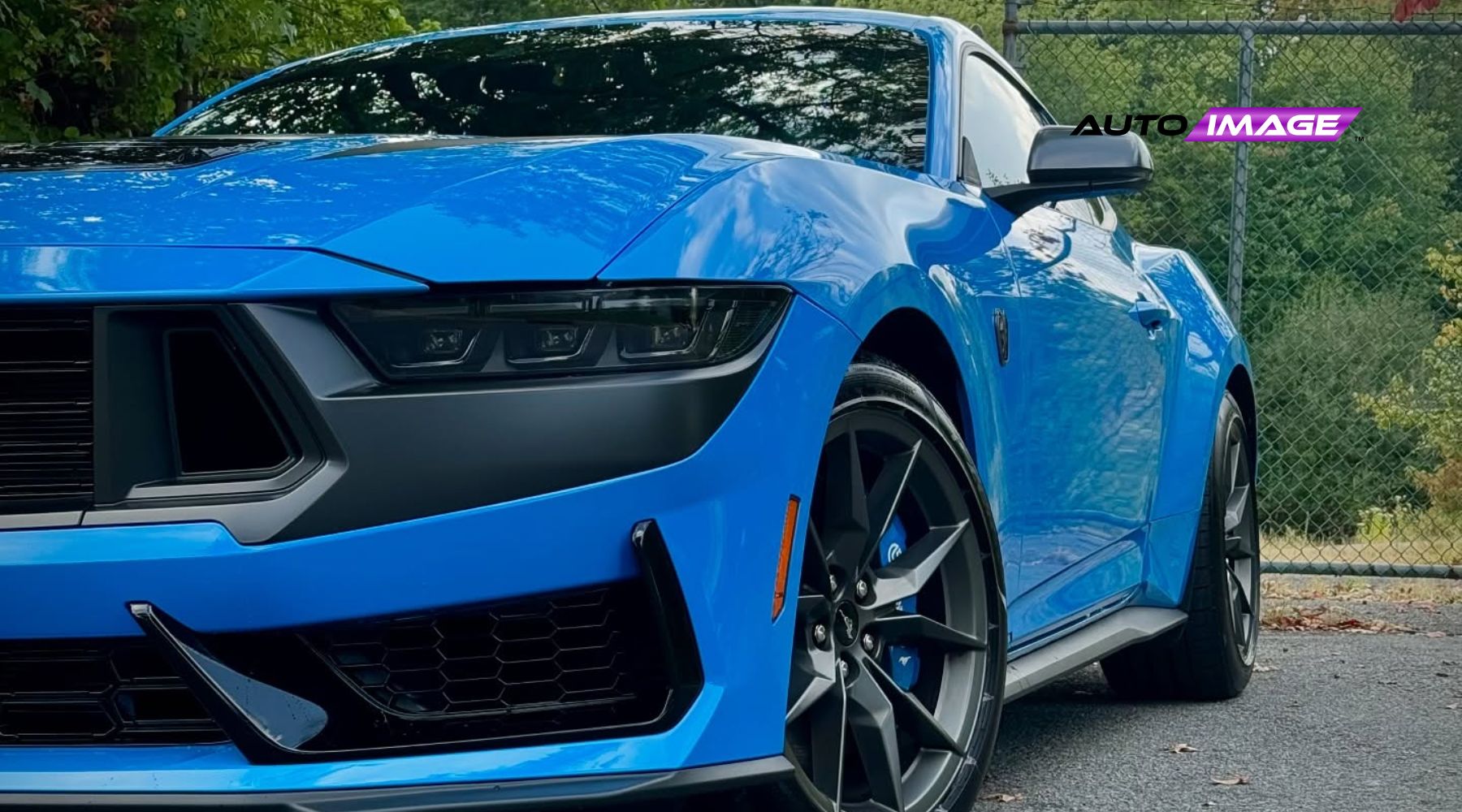3 Things You Didn’t Know About Speaker Technology
As winter’s chill sets in, you might notice changes in your vehicle’s performance. But have you ever considered how the cold affects many types of car speakers?
Many drivers overlook this aspect of their audio system, yet temperature plays a significant role in sound quality.
Let’s explore three surprising ways cold weather affects your car speakers and what you can do about it.
1. The Frosty Flexibility Factor Of Car Speakers
When temperatures plummet, the materials in your car speakers undergo subtle changes that can alter their sound output. The most noticeable effect occurs in the speaker’s surround, the flexible ring that connects the cone to the frame.
In warmer weather, this surround remains pliable or “bendy,” allowing the cone to move freely and produce clear, resonant sound. When it gets colder, the surround becomes less flexible. This stiffening can restrict the speaker’s movement, resulting in a less dynamic and potentially distorted audio experience.
Think of it like trying to stretch a cold rubber band. It’s not as elastic, and it might even snap if you’re not careful. Similarly, speakers for cars struggle to perform their best when they’re fighting against a rigid surround.
To combat this issue, some of the best car speakers use advanced materials designed to maintain flexibility even in frigid conditions. Synthetic rubber compounds and treated cloth surrounds can help maintain speaker performance regardless of the weather outside.
2. The Chilly Challenge Of Cone Contraction
Another lesser-known effect of cold weather on car speakers involves the speaker cone itself. These cones, typically made from materials like paper, polypropylene, or aluminum, can actually contract slightly in cold temperatures.
This contraction might seem insignificant, but it can affect sound quality. As the cone shrinks, it may not move air as efficiently, potentially leading to a loss in bass response and overall volume.
Different types of car speakers handle this phenomenon differently. For instance, metal cone speakers are more susceptible to contraction than their polymer counterparts. High-end speaker manufacturers often use composite materials that resist temperature-induced changes, helping to maintain consistent sound quality year-round.
To mitigate this effect, allowing your car’s interior to warm up before cranking up the volume can help. This gives the speaker components time to adjust to a more optimal temperature, ensuring you get the best sound possible from your system.
3. The Icy Impact On Electrical Components
While we often focus on the visible parts of car speakers, the cold can also affect the hidden electrical components important to their operation. Extreme temperatures can influence voice coils, wiring, and even the magnets in your speakers.
In particularly cold conditions, the electrical resistance in speaker wiring can increase. This means that more power is required to drive the speakers, potentially leading to a perceived drop in volume or clarity.
Rapid temperature changes, like those experienced when entering a warm garage from the cold outdoors, can cause condensation inside your speaker components. This moisture, although usually temporary, can interfere with the electrical connections and lead to corrosion over time if it occurs frequently. Some of the best car speakers incorporate sealed designs or use corrosion-resistant materials to combat these issues.
To protect your speakers from these electrical challenges, consider using a car cover when parked outside for extended periods. This extra layer of insulation can help maintain a more stable temperature inside your vehicle and reduce the stress on your audio system.
Caring For Your Car Speakers In Cold Weather
Understanding these effects is the first step in ensuring your car speakers continue to perform well, even when the temperature drops. Here are a few tips to keep your audio system in top shape during the colder months:
- Give your system time to warm up. Just like you wouldn’t push a cold engine too hard, allow your speakers a few minutes to acclimate before turning up the volume.
- Invest in quality speakers. Higher-end speakers for cars often incorporate technologies and materials designed to withstand temperature fluctuations better than budget options or OEM components.
- Consider your parking situation. If possible, park in a garage or use a car cover to shield your vehicle from extreme cold.
- Take care of your car’s battery. Cold weather can be tough on batteries, and a weak battery might not provide sufficient power to your speakers, exacerbating cold-weather audio issues.
By taking these steps, you can help ensure that your car speakers continue to deliver high-quality sound without distortion or corrosion, regardless of the weather outside.
The Future Of Cold-Weather Car Audio
As technology advances, we’re seeing exciting developments in car speakers designed to combat cold-weather effects, like innovative materials that maintain flexibility in extreme temperatures and smart systems that adjust speaker performance based on ambient conditions. The future of automotive audio looks bright, even on the coldest days.



